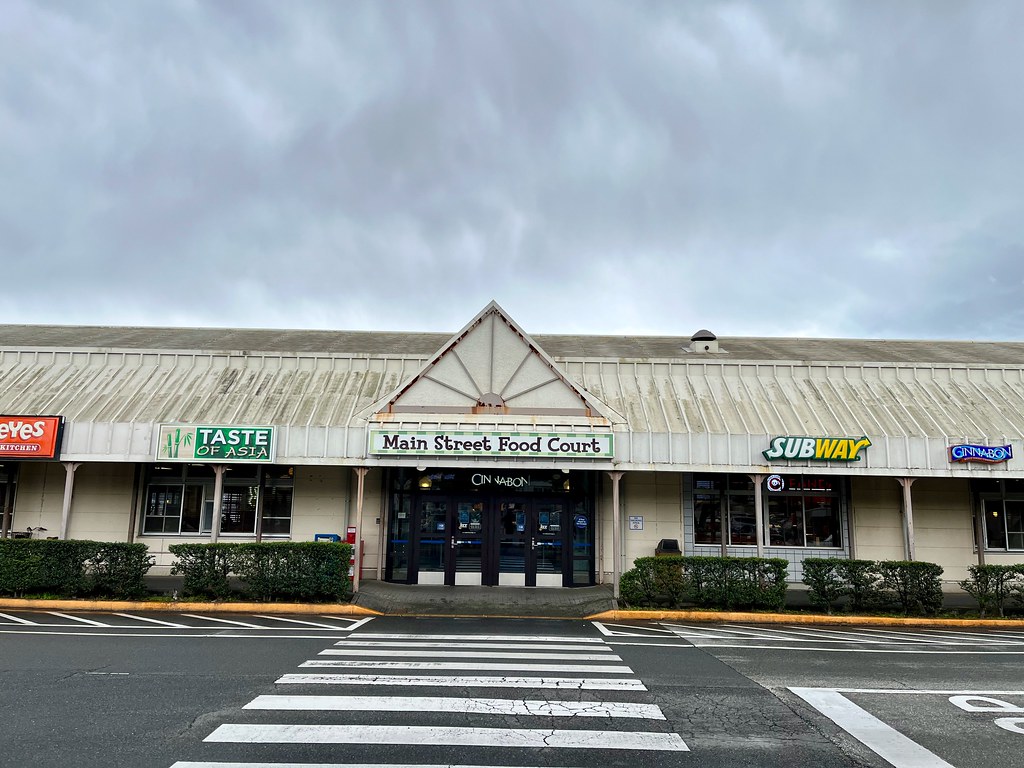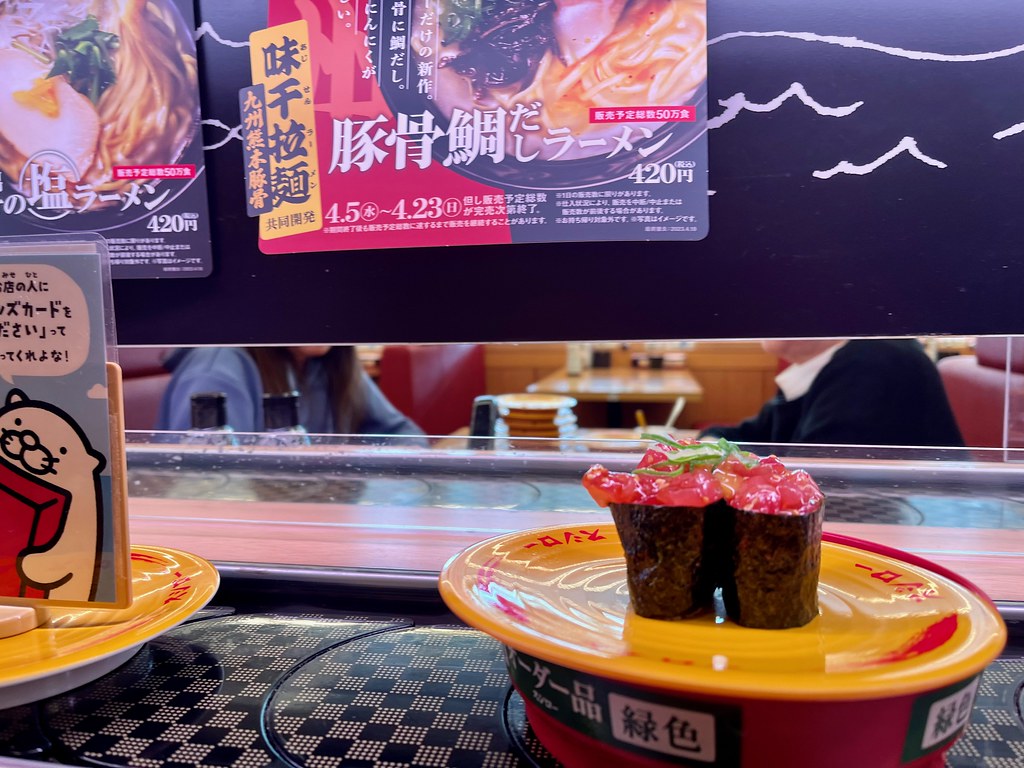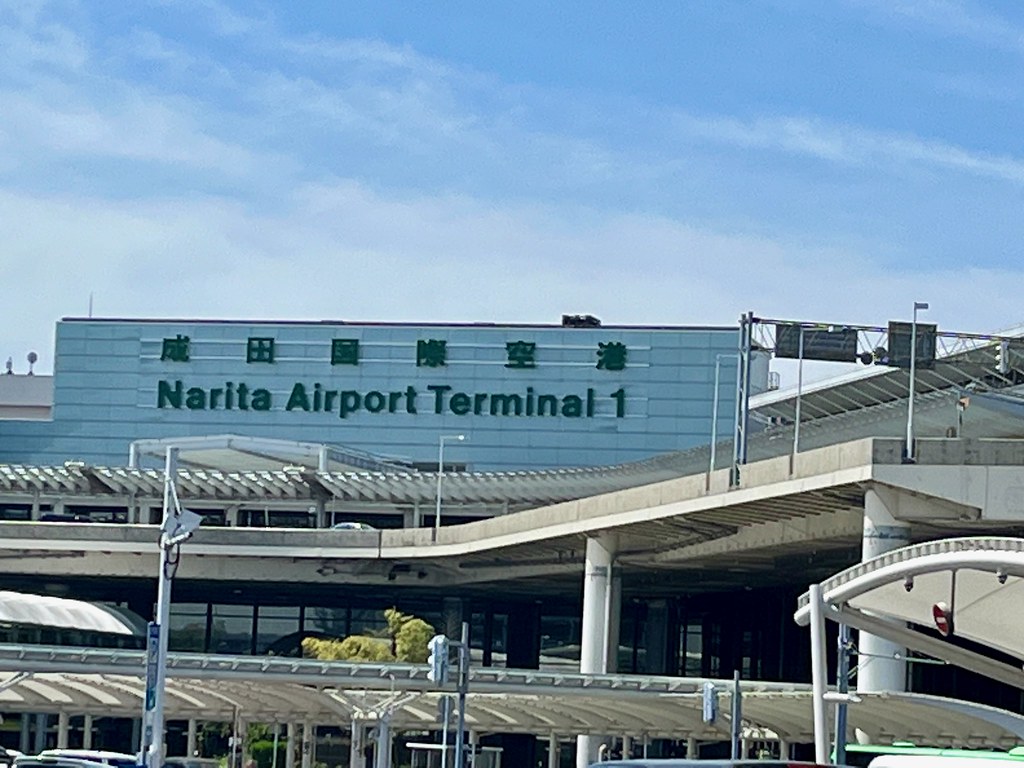Monday arrived and I had to get back to work. A weekend in Tokyo was nice although I had other plans and that involved getting out of the city. After all, the whole premise for this trip was visiting U.S. military facilities
USS Blue Ridge

The 7th Fleet of the United States Navy keeps its headquarters at Yokosuka, Japan. That’s about 60 kilometres (37 miles) south of Tokyo at the southern entrance to Tokyo Bay (map). It’s the largest U.S. naval presence outside of the United States and it even includes a permanently-stationed aircraft carrier, the USS Ronald Reagan. So this is a big deal place.
Originally I would have boarded the Ronald Reagan. However a late change in plans made that impossible. So instead I got the next best thing, the USS Blue Ridge, which serves as the flagship for the fleet. I’ve been on an aircraft carrier before so the pivot didn’t particularly bother me.
The Blue Ridge is the oldest deployed warship in the U.S. Navy (1970). Sure, the USS Constitution is older (1797) but it’s more of a floating museum tied to a dock in Boston so it’s not technically “deployed”. I know that sounds a lot like semantics but it’s not. The Blue Ridge is ready for battle, and in fact commands the entire 7th fleet. It’s also the only ship that flies the First Navy Jack in recognition of its longevity.
Yokosuka

Thousands of people support the 7th Fleet, and that extends well beyond the sailors assigned to ships. Many people work throughout the port and many others fill onshore command offices. So there are always a lot of naval personnel, civilian U.S. government employees, and a large contingent of Japanese civilians stationed all over the base. It was traffic gridlock leaving the base at quitting time.
A lot of those sailors are young — barely out of high school — and have likely never traveled outside of the United States before. Japan is a huge culture difference compared to anything they’ve ever experienced. Thus, large bases like Yokosuka offer many of the creature comforts of the States with a heaping slice of familiarity. One barely notices culture of the host nation inside the gates; I saw the same thing at American bases in Germany.
If you want to go to the Cinnabon or the Subway at the “Main Street Food Court” you can do that. If you want to eat completely Americanized Asian fast-food food while all of Asia beckons right outside the gates, you can do that too. I’m a bit embarrassed to admit it but I ate lunch Popeyes.
However, U.S. bases in Japan followed a distinct Japanese driving convention. Japan is a left-side driving country and that didn’t change here. I guess it would be too risky to make people mentally adjust every time they passed the gates.
Yokota

The next day I switched from the Navy to the Air Force, and stopped at Yokota Air Base near Fussa (map). That’s about 50 km (30 mi) from downtown Tokyo so it takes about an hour to get there under decent travel conditions. But technically it’s actually a part of Tokyo because the city boundary sprawls way to the west, even into some surprisingly rural areas.
Anyway, the U.S. Secretary of State was visiting Japan and his big government-issue jet parked at Yokota while we were there. Given that, I thought it made good sense to avoid taking photos in that direction. Instead I went to the top of a parking structure and pointed my camera the other way, towards the town of Fussa. Godzilla really needs to knock down that electrical tower.
Conveyor Belt Sushi

I wanted to experience conveyor belt sushi because this was a highlight from my earlier trip to Japan a quarter century ago. There was just such a place right off the base at Yokota so that’s where I ate lunch.
The premise remained the same although technology changed a lot in the meantime. Back then, plates came around and you just grabbed whatever looked good as it passed by. Then at the end of the meal you’d take your plates to the register, they’d count them up and you’d pay based on the number of plates.
Now there was a touch-screen and you’d punch-in what you wanted. Containers under the plates where color-coded so you knew which ones to grab as they passed because each table had a different color. Some plates were also more expensive than others. The staff ran an RFID reader along the stack of empty plates at the end of the meal to calculate the bill. I liked this method better — I could always get what I wanted. Before, someone would always grab that beautiful slice of tuna just before it got to you!
Narita

Narita is Tokyo’s better known airport. It’s also an incomprehensible distance from downtown (map). A taxi ride will cost something like $200. Fortunately I had alternate transportation so I avoided this expense, but the ride itself felt like forever. I much preferred my arrival at Haneda which was only about 20 minutes away from downtown (map). Haneda is becoming increasingly popular and it’s easy to see why. Nonetheless I didn’t really have a choice so I got to experience both. That’s just how my schedule worked. Regardless, I left Narita and was on my way to my next destination: Seoul, South Korea.
Articles in the Asia-Pacific Series
- Oahu: Honolulu Waterfront
- Oahu: Beyond Waikiki
- Japan: Tokyo Temples and Tourists
- Japan: Exploring Tokyo
- Japan: Farther Afield
- South Korea: Seoul
- South Korea: The DMZ
- Postscript: Interesting Signs
- Postscript: Brew It
See Also: The Complete Photo Album on Flickr

Leave a Reply